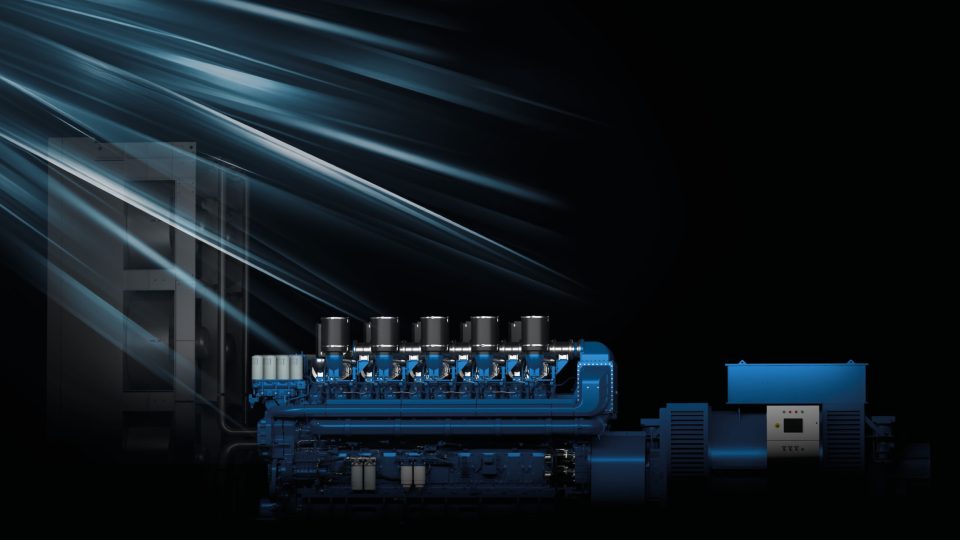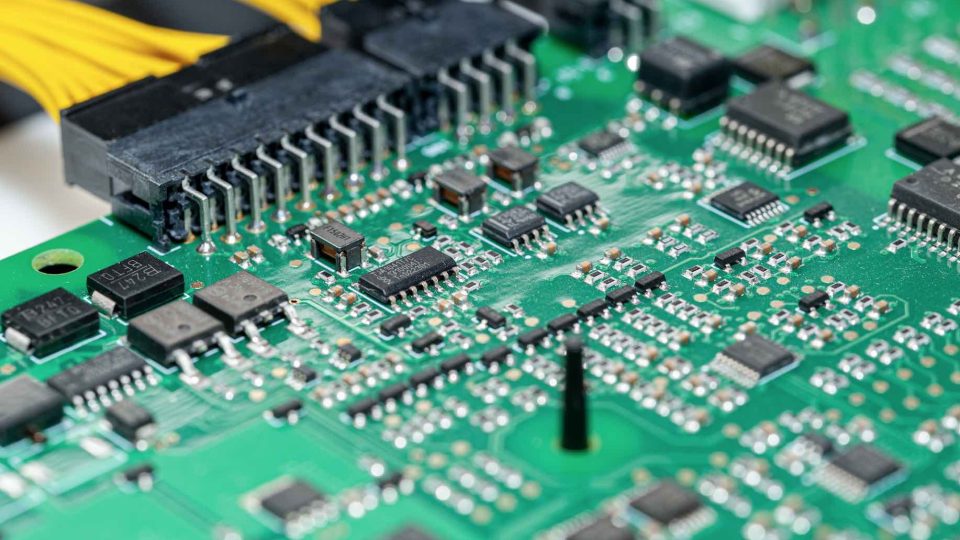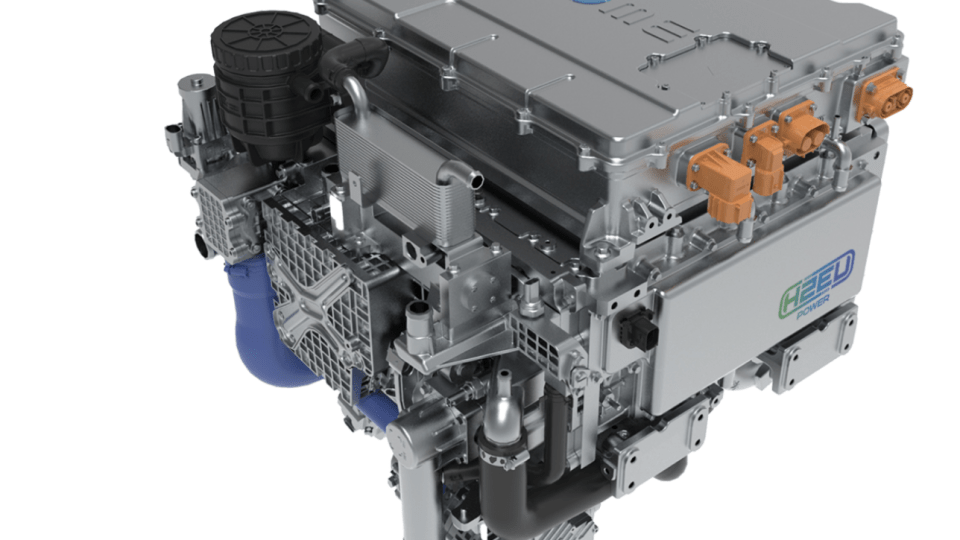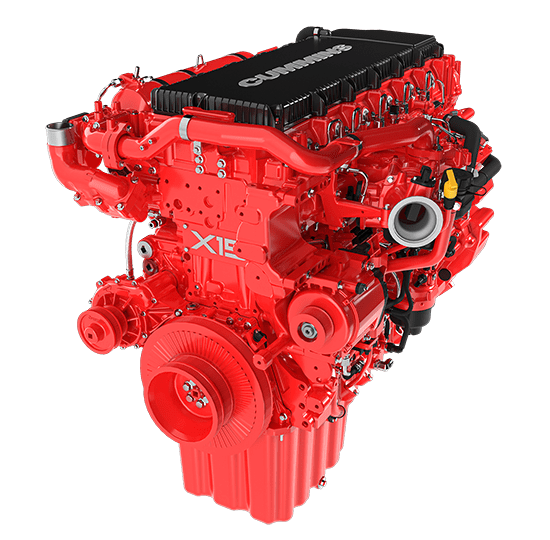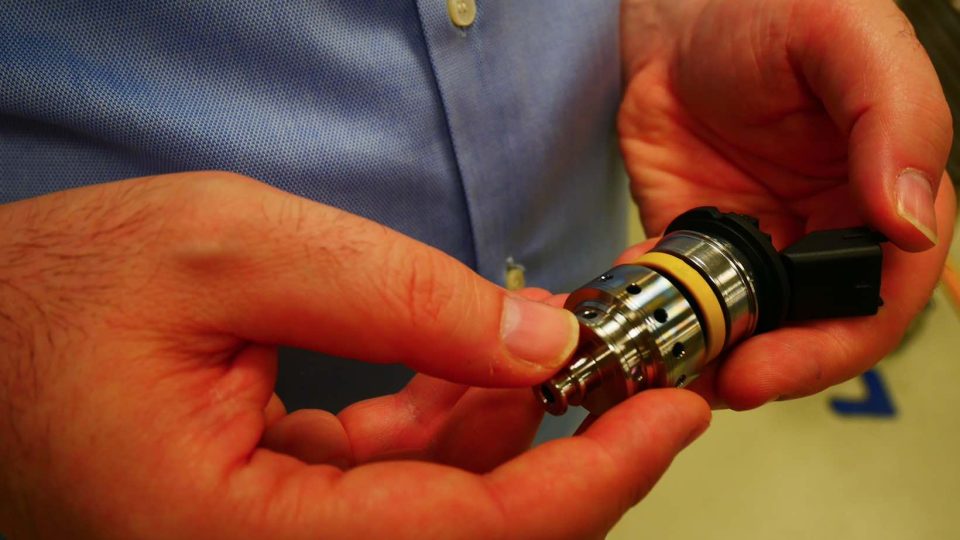Schneider Electric and The Mobility House partner to advance smart charging for EV fleets
Schneider Electric, a leader in energy management and automation, and The Mobility House Solutions, a provider of smart charging technologies, have entered a commercial partnership. This collaboration, as outlined in a press release by both companies, aims to develop and implement advanced solutions for the deployment of electric vehicle (EV) fleet charging infrastructure worldwide.

Schneider Electric, a leader in energy management and automation, and The Mobility House Solutions, a provider of smart charging technologies, have entered a commercial partnership. This collaboration, as outlined in a press release by both companies, aims to develop and implement advanced solutions for the deployment of electric vehicle (EV) fleet charging infrastructure worldwide.
Schneider Electric with The Mobility House for but and truck fleets
The partnership, described in the release, integrates Schneider Electric’s energy management capabilities with The Mobility House’s ChargePilot platform to offer a streamlined approach to EV fleet charging. The resulting solutions are designed to improve energy efficiency, reduce costs, and enhance grid optimization. Key features include reduce infrastructure costs, energy management systems and scalability.
Schneider Electric contributes its global experience in deploying EV charging stations and managing energy systems, according to the companies’ joint statement. The company’s digital energy solutions enable operators to manage energy use and costs effectively, providing a flexible foundation for expanding charging infrastructure.
The companies’ press release includes examples of how these technologies are applied in real-world scenarios. In Montgomery County, Maryland, the Brookville Smart Energy Bus Depot integrates a 6.5 MW microgrid with charging infrastructure for 70 electric buses. The Mobility House’s ChargePilot platform coordinates charging schedules to align with energy demands, ensuring operational continuity during grid outages.
Smart charging for heavy-duty fleets
Another notable project mentioned in the press release is the deployment of The Mobility House’s ChargePilot platform for the New York Metropolitan Transportation Authority (MTA) in 2022. This project exemplifies the platform’s ability to manage large-scale fleet charging, optimizing schedules and reducing costs while supporting one of the largest public transit systems in the United States.
Additionally, the partnership builds on The Mobility House’s role as a technology partner for AlphaStruxure’s Energy-as-a-Service (EaaS) offerings in North America. Since 2021, the ChargePilot platform has been integrated into Schneider Electric’s microgrid solutions, allowing fleet operators to deploy charging systems with no upfront costs, billed on a per-kWh basis.
The Mobility House’s ChargePilot platform, as outlined in the press note, offers hardware-neutral, reliable charging for fleets. Its focus on minimizing grid connection costs and optimizing energy expenses aligns with the partnership’s goals. The company brings expertise from over 2,000 fleet projects and 100 heavy-duty depots.
Asha Devasia, Power Systems Strategy SVP at Schneider Electric, was quoted in the press note: “We are pleased to partner with The Mobility House, who share our vision of a decarbonized future for mobility. Together, we are poised to speed up the deployment of important technologies for fleet electrification, serving a cross-section of markets seeking smart and efficient charging solutions.”
Heiko Bayer, Managing Director at The Mobility House Solutions, stated: “Our advanced charging and energy management system enables reliable charging at the lowest possible costs. Partnering with Schneider Electric allows us to accelerate mobility electrification, delivering impactful solutions on a global scale.”

